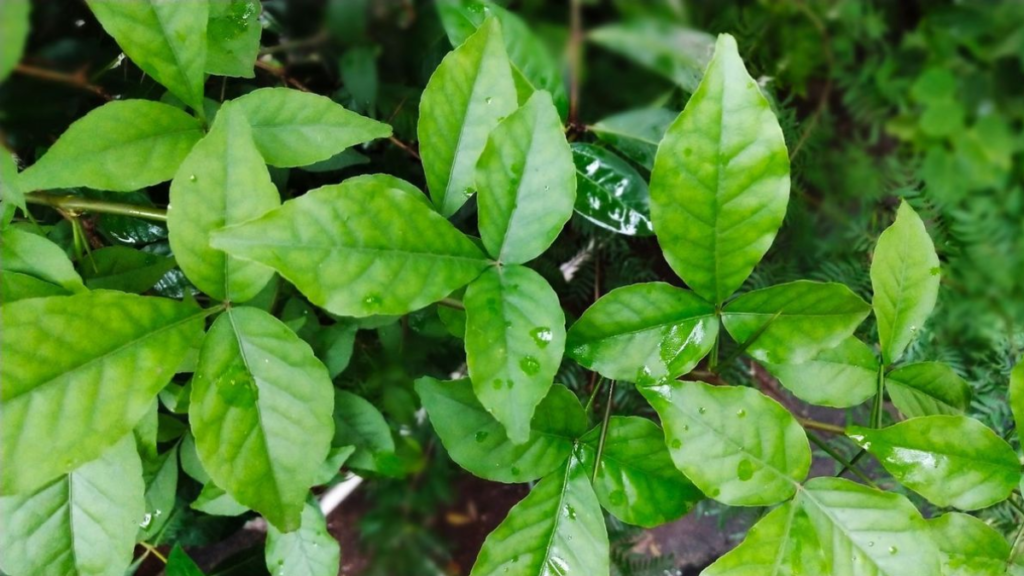Introduction:
In the quest for natural remedies to complement conventional medicine, the Bel leaf, known scientifically as Aegle marmelos and commonly as Bael or Bilva, has emerged as a potent ally. Revered in Ayurvedic medicine for centuries, the Bel leaf is now gaining recognition for its potential to manage chronic conditions like high blood pressure (hypertension) and diabetes. Let’s delve into how this humble leaf can support your health journey.
Understanding the Bel Leaf:

The Bel tree is native to India and Southeast Asia, where it has been used for its medicinal properties for over 5000 years. The tree is sacred in Hinduism, and its leaves are commonly used in religious rituals. However, the benefits of Bel leaf extend far beyond its spiritual significance. The leaves are rich in vitamins, minerals, and antioxidants, making them a valuable natural remedy.
Bel Leaf and Blood Pressure Control:

High blood pressure is a silent killer, often going unnoticed until it causes serious health issues like heart disease or stroke. Here’s how Bel leaf can help manage blood pressure:
- Rich in Potassium: Potassium is essential for maintaining healthy blood pressure levels. It helps balance sodium in the body and eases tension in the blood vessel walls, both of which are crucial for controlling blood pressure.
- Antioxidant Properties: The antioxidants in Bel leaves, such as flavonoids and phenolic compounds, combat oxidative stress, a significant contributor to hypertension.
- Anti-Inflammatory Effects: Chronic inflammation is linked to high blood pressure. Bel leaf’s anti-inflammatory properties help reduce inflammation, thereby aiding in blood pressure management.
- Vasodilation: Compounds in Bel leaves promote vasodilation, the widening of blood vessels, which improves blood flow and reduces blood pressure.
Bel Leaf and Diabetes Management:
Diabetes is another global health challenge, with millions of people affected by high blood sugar levels. The Bel leaf offers multiple benefits for those managing diabetes:
- Hypoglycemic Effect: Studies have shown that Bel leaves can significantly reduce blood glucose levels. The leaf extracts stimulate the pancreas to release insulin, helping to regulate blood sugar levels.
- Improves Insulin Sensitivity: The compounds in Bel leaves enhance the body’s sensitivity to insulin, making it easier for cells to absorb glucose and thus lowering blood sugar levels.
- Antioxidant Boost: Diabetes often leads to oxidative stress, which can damage cells. The antioxidants in Bel leaves protect against this damage, supporting overall health and preventing complications.
- Regulates Lipid Profile: Bel leaves help manage cholesterol levels, which is crucial for diabetic patients as they are at a higher risk of developing cardiovascular diseases.
How to Use Bel Leaves:
Incorporating Bel leaves into your routine can be simple and effective:
- Bel Leaf Juice: Fresh Bel leaf juice can be consumed daily. Blend a few washed leaves with water, strain, and drink on an empty stomach for best results.
- Bel Leaf Tea: Dried Bel leaves can be brewed into a tea. Simply steep the leaves in hot water for 5-10 minutes, strain, and enjoy.
- Bel Leaf Powder: The powdered form of Bel leaves can be added to smoothies, juices, or sprinkled over salads.
Precautions and Considerations:
While Bel leaf is a natural remedy, it’s important to consult with a healthcare provider before starting any new treatment, especially if you have existing health conditions or are taking other medications. Monitor your blood sugar and blood pressure regularly to ensure the effectiveness and safety of the treatment.
Conclusion:
The Bel leaf stands out as a powerful natural remedy with the potential to manage blood pressure and diabetes effectively. By incorporating this ancient Ayurvedic herb into your daily regimen, you can harness its myriad benefits and take a proactive step towards better health. Embrace the wisdom of nature and discover the healing power of the Bel leaf.

